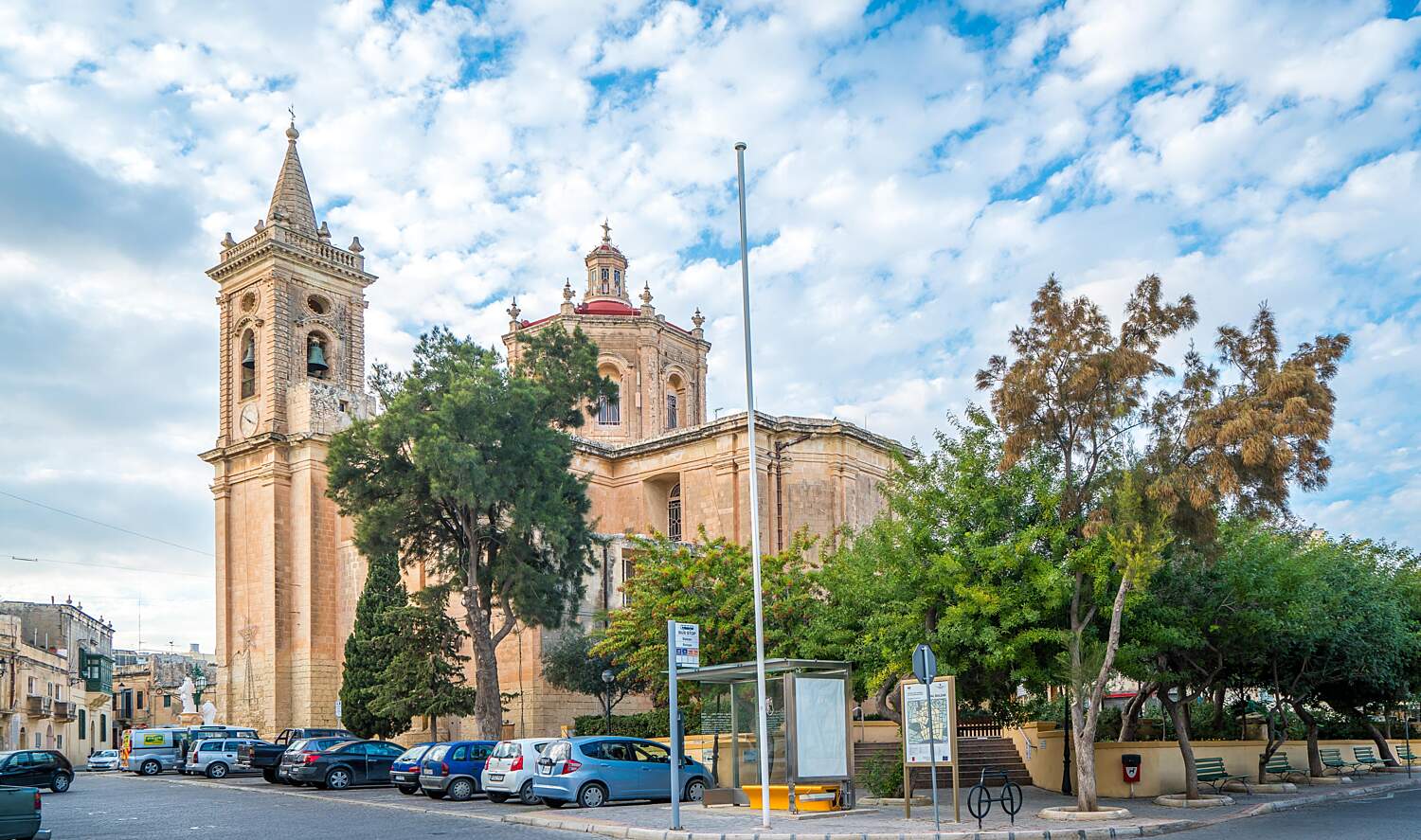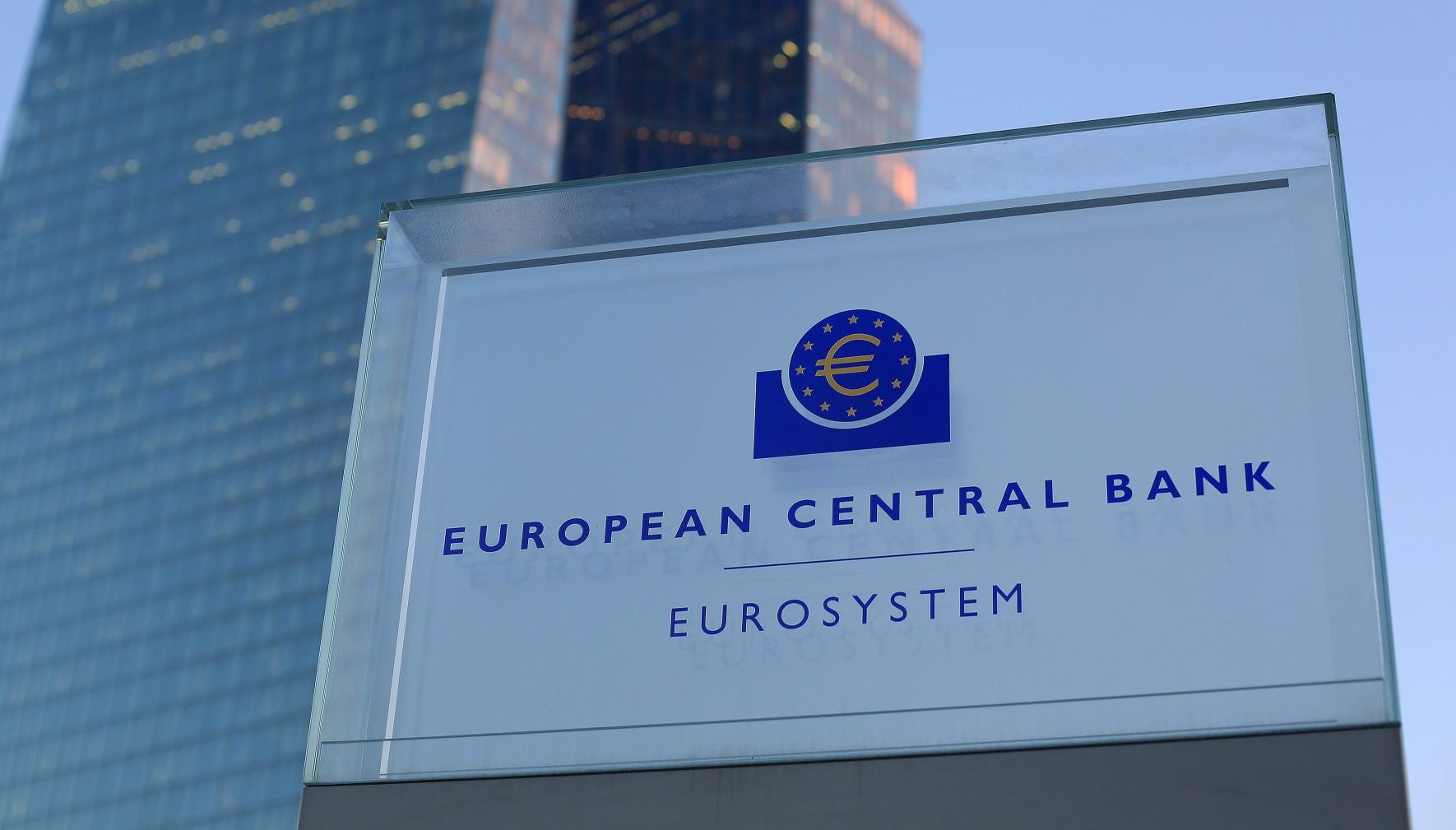The Maltese Government registered a deficit of €402.1 million in the first three months of 2022, as increases in spending outstripped higher revenues from increased economic activity. This is the first time the quarterly deficit has ever topped €400 million.
A news release from the National Statistics Offices (NSO) reveals that total expenditure in the first quarter of 2022 amounted to €1.69 billion, an increase of €178.2 million over the corresponding quarter in 2021.
The largest increase was recorded in social benefits and social transfers in kind (€71.8 million), followed by current transfers payable (€51.9 million) and intermediate consumption (€45.8 million). Other increases were registered in capital transfers payable (€8.1 million), compensation of employees (€5.2 million) and subsidies payable (€2.0 million).
These increases were partially offset by decreases in gross capital formation (€3.5 million) and property income payable (€3.1 million).
Meanwhile, total revenue during the period January to March 2022 stood at €1.29 billion, an increase of €141.4 million when compared to the corresponding quarter in 2021.
Almost all components of Government revenue recorded an increase, with current taxes on income and wealth registering an increase of €86.1 million over the same period in 2021. This was followed by taxes on production and imports (€63.8 million), market output (€31.9 million), net social contributions receivable (€20.3 million), and current transfers receivable (€0.7 million).
In contrast, capital transfers receivable and property income receivable decreased by €54.8 million and €6.6 million, respectively.
Quarterly financial accounts
In relation to financial transactions in assets, during the first quarter, other accounts receivable and currency and deposits registered an increase of €115.1 million and €40.7 million, respectively. On the other hand, equity and investment fund shares recorded a decrease of €3.1 million, while long-term loans declined by €0.6 million.
Considering the financial transactions in liabilities, the highest increase was recorded in long-term debt securities (€229.7 million), followed by other accounts payable (€177.0 million), short-term debt securities (€161.4 million) and long-term loans (€1.6 million). In contrast the only decrease was registered in currency and deposits (€1.9 million) (Table 8).
At the end of March, Government debt stood at €8,672.2 million, or 57.6 per cent of GDP.
Quarterly debt
Equating to an increase of €1.175 billion over the corresponding quarter in 2021, largely reflected in central Government debt, which amounted to €8,669.9 million. Currency and deposits stood at €567.3 million, an increase of €98 million over March of 2021. This includes euro coins issued in the name of the Treasury, considered a liability of Central Government, and the 62+ Malta Government Savings Bond, the latter amounting to €376.7 million.
Long-term debt securities and long-term loans increased by €863.2 million and €186 million, respectively. Short-term debt securities increased by €27.2 million, while short-term loans increased by €0.5 million. Local Government debt stood at €2.3 million.
General Government guaranteed debt amounted to €1.15 billion at the end of March 2022, equivalent to eight per cent of GDP . There was a decrease of €33.4 million when compared to the first quarter of 2021.
ECB lowers key interest rates by 25 basis points in response to inflation outlook
While inflation remains high, the ECB projects it will ease in the second half of next year
HSBC Malta share price drops sharply following strategic review announcement
Market analysts suggest that the uncertainty surrounding the review, with speculation of an impending sale, has fuelled investor concerns
‘This is true one-touch implementation designed with SMEs in mind’ – Roderick Farrugia, CIO, Melita Limited
A walk through the primary cybersecurity threats facing today’s SME’s and Melita’s practical solutions to combat them






